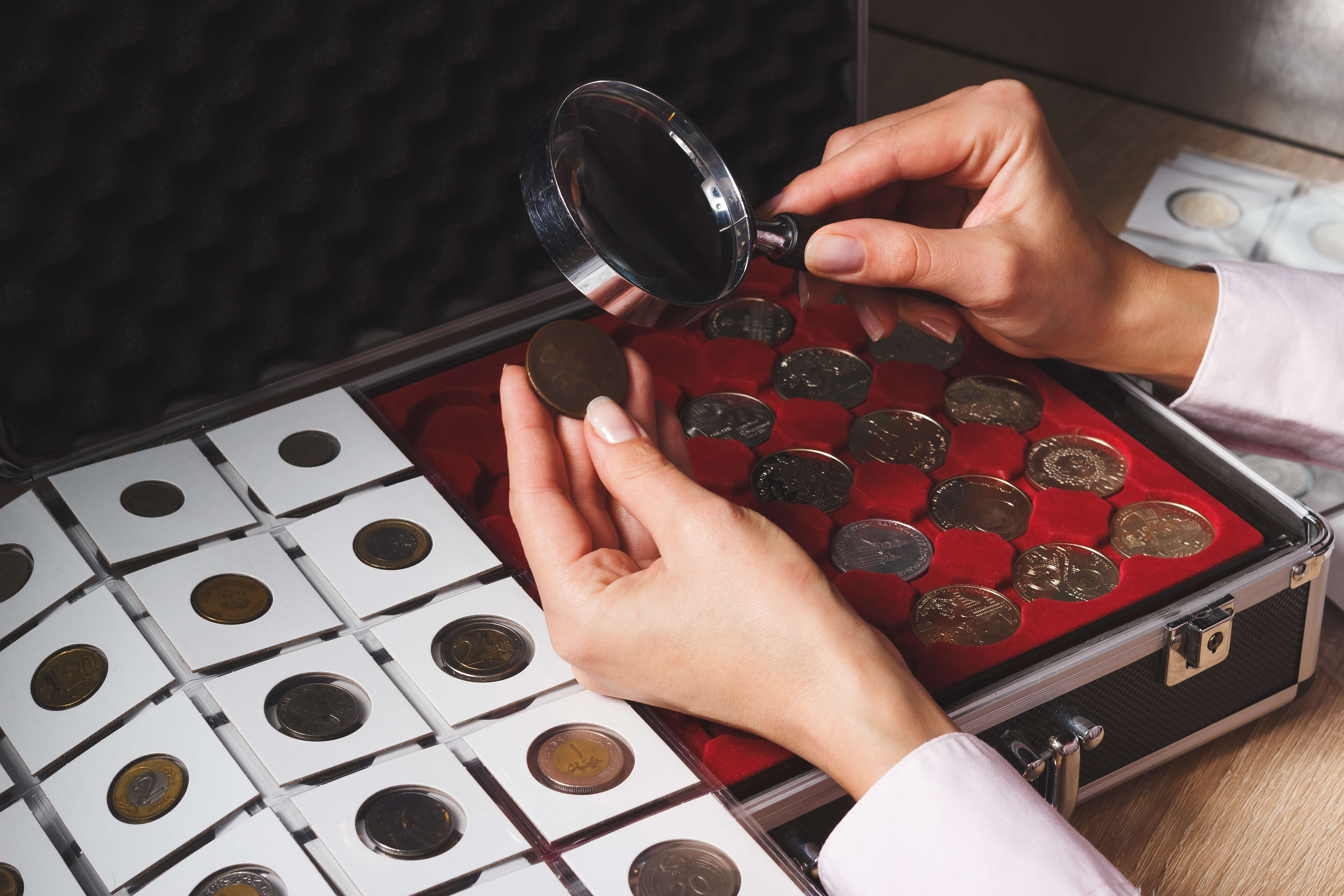The market for collectibles can be difficult to navigate. When you do master it, though, it can pay out to massive potential gains.
How can you master the collectibles auction market?
It is one of the most detail oriented and fickle marketplaces in the world.
Don’t worry, we have a quick and simple guide to help you start selling collectibles!
Selling Collectibles:
Whether you have old toys in the attic or inherited a flintlock for sale, there are many of us who have collectibles that could be worth more than they might seem.
Understanding Your Item’s Value:
Any collectible can have a large variety of details that give it value. Some of these may not apply to all collectibles. Consider them all when figuring your item’s value.
1. Rarity and Age:
Rarity and age are two massive defining factors for value.
The older an item is, the higher the interest in it can be. Even a very common item can be valuable if it is over a hundred or more years old. The age makes it less likely that an item still exists at all, as many as lost to time.
Rarity is an even bigger factor. The more common an item is, the more flooded the market may be, no matter the age. A rare item will always have some sort of value due to a lack of duplicates in the market.
2. Condition:
A simple detail to check. Is the item in question intact? If it is in dire need of repairs, that is going to hurt the value, as you will need to spend money to repair it or decrease the cost at auction.
Hiring a restoration expert can be worthwhile for the rare items, but outside of a very high-value item, it may not be worth it for sale.
3. Manufacturer Details:
Going hand-in-hand with rarity is the manufacturer. Who made this, and where, can be a big factor in value.
A big manufacturer that produced a similar product for decades decreases the value. A famous, single artisan is the dream for a collectible seller. It makes it both rare, but also well known and well regarded.
4. Wow, Factor:
One last detail is how exciting the item can be. A simple utensil or everyday product may have some value, but a unique and bizarre item has the chance of selling for an incredible amount.
The problem becomes when an item is too unique or bizarre. If no one understands the point of purpose for it, the item can go too far into the junk category. It can be a fine balance.
The Details of an Auction:
Auctions can be difficult to navigate. Once you have your item and an idea on its value, you will need to find a buyer.
An auction can smooth out the entire process. They will sell and even advertise your collectible so you don’t have to. This all comes at a price, of course.
1. Commission:
Most auction sites have a commission fee. This is their take of the profits when the item sell. A commission fee can go as high as 20%, or as low as nothing if you have a big enough collection that can draw in other customers.
2. Other Fees:
Some auctions have a few other fees to consider. Authentication fees are common, to ensure that the items you are selling are legitimate. These can get pricey, depending on the volume of collectibles.
There may also be a premium buyer’s charge, to ensure that an auction may cover costs.
After the Auction:
These are the basics of dealing with auctions and selling collectibles. It is a market filled with exceptions and details.
While you are out finding the right auction for your collectibles, you can spend some more time learning about all sorts of things at Content Rally. Contact us today to learn more!
Read Also:






















